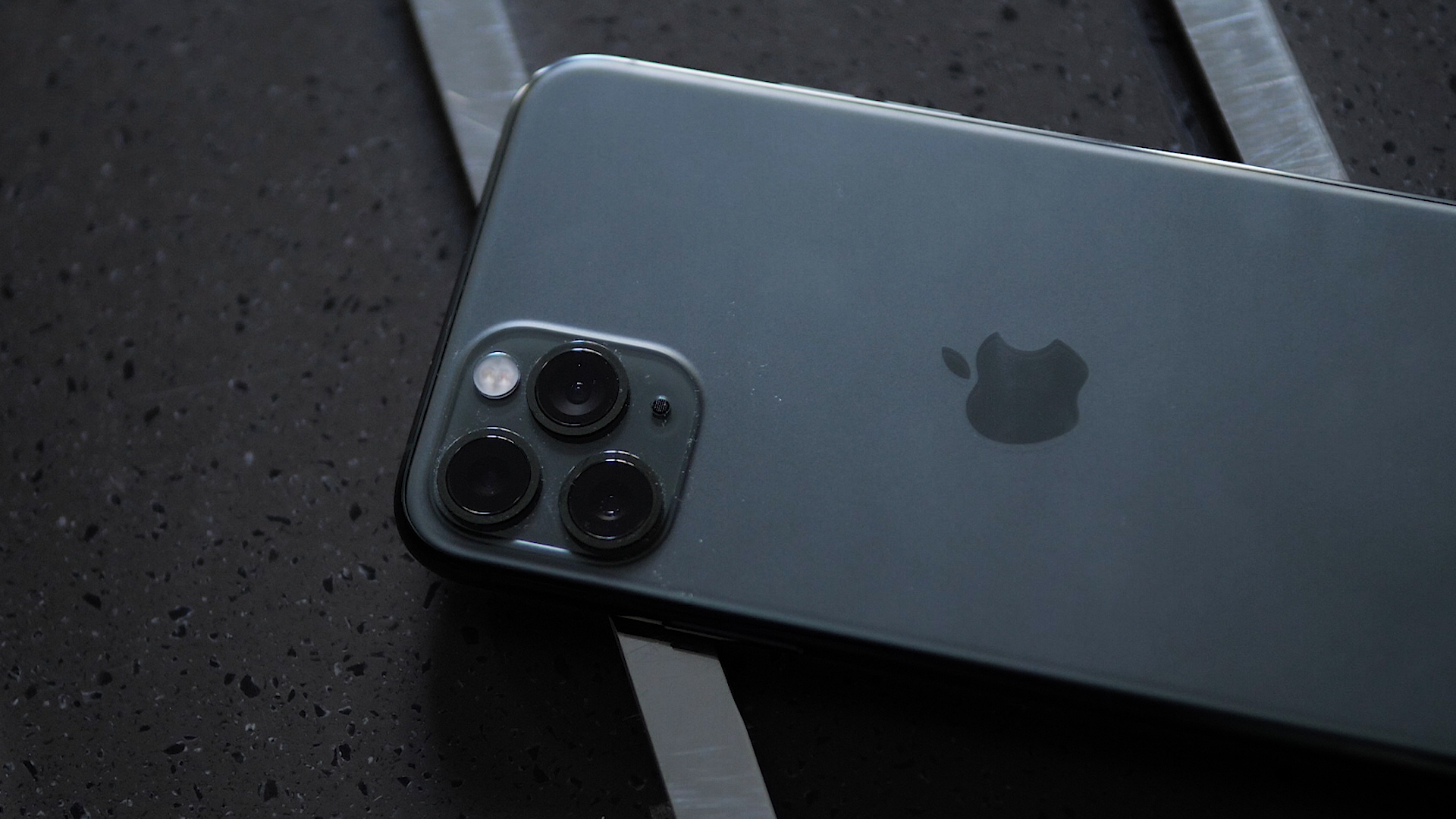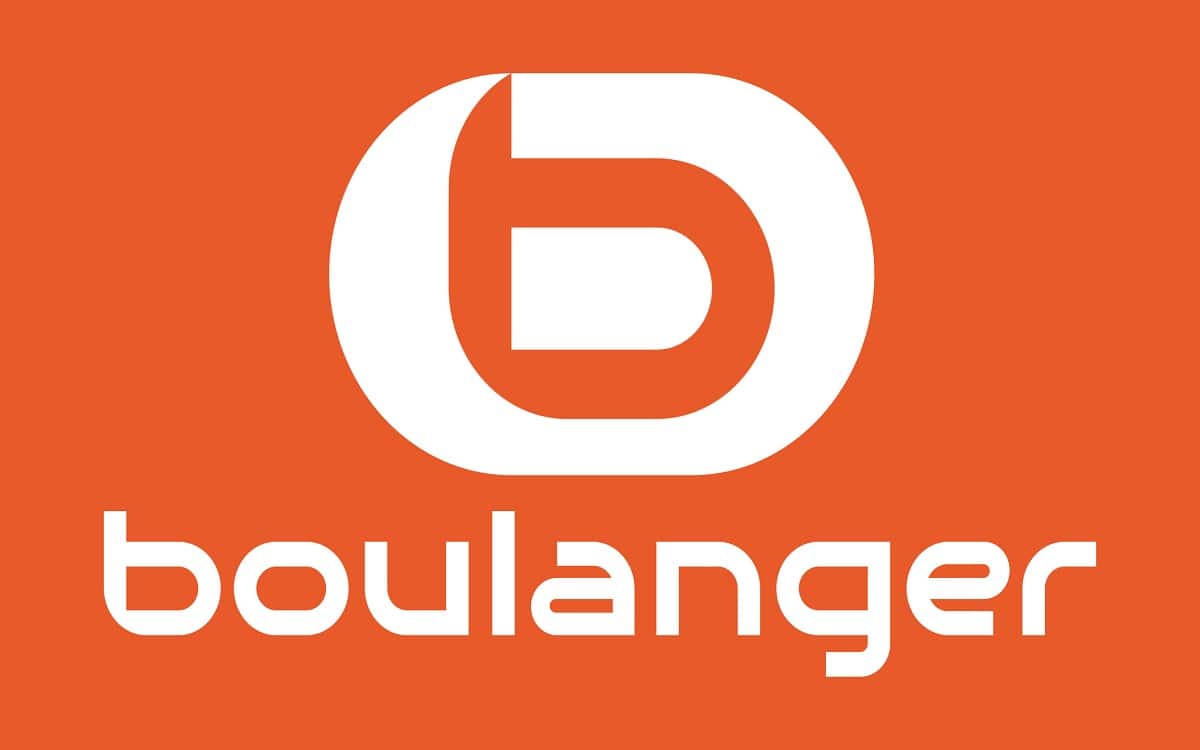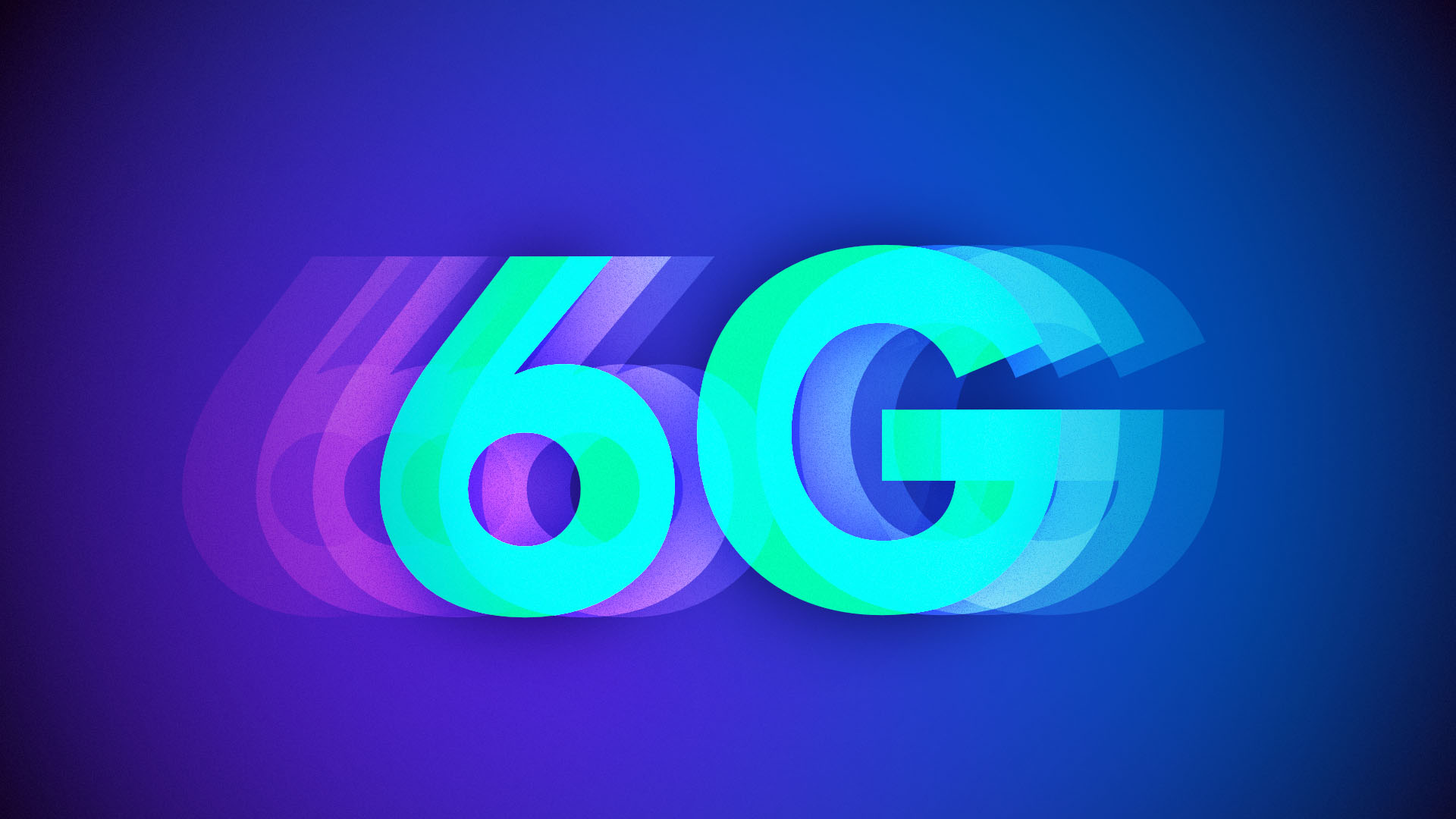
Europe has fallen behind with 4G and 5G. France hopes not to miss the turn of 6G this time.
What will 6G look like? And above all, what will it be used for? In 2021, it is difficult to give a definitive answer to these questions, since this next generation in mobile telephony will not really be a subject for a good ten years or so. However, this distant deadline does not prevent manufacturers from already tracing some potential avenues.
What is certain is that France wants to be part of it, not by just being a user of this next standard, but by being involved in its development, through its research and its industry. This is what emerges from the presentation of the national strategy on 5G and future telecommunications network technologies, but also from the words of Cédric O, the secretary of state in charge of digital.
” We see that positions are taken extremely early, that standards are defined extremely early. France and Europe must therefore be able to meet for the arrival of 6G “, Noted the person concerned. And even if ” 6G is still prospective “, he added, ” things must be able to be done “. Clearly, that French and European startups, labs and equipment manufacturers can seize it.
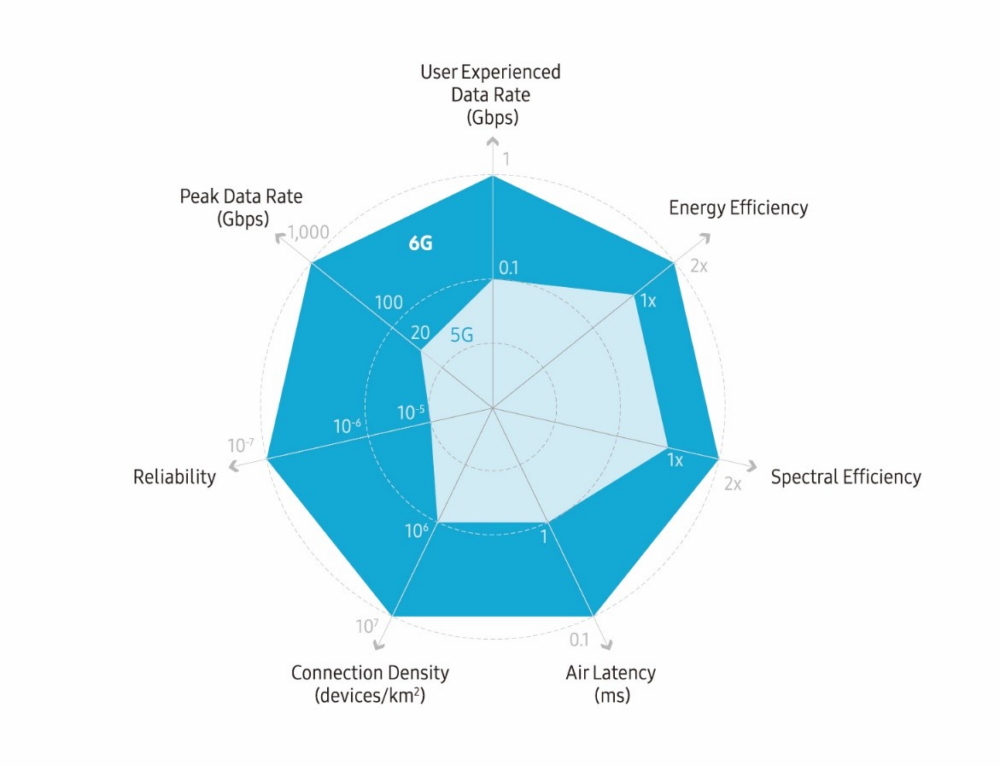
To this end, it is particularly a question of directing funds from France Relance and the Future Investments Program towards research and development on future network technologies. Along with Agnès Pannier-Runacher, Minister Delegate in charge of Industry, Cédric O has planned a budget of 412 million euros, an amount which includes the public share and the private contribution.
In detail, these funds will not be used only for 6G itself, but for “advanced R&D” in the broad sense. This therefore includes this future generation in telecommunications, but also the reduction of the energy footprint of networks, the definition of international standards, intellectual property around patents and investment in projects relating to future network technologies.
Regarding 6G specifically, it is a question of developing an action plan, but the scope and content of which remain to be defined. ” Major investments must be made today to allow France to weigh alongside other major nations in the development and deployment of 5G and the future 6G », Support Cédric O and Agnès Pannier-Runacher.
Do not have the same delay as with 4G and 5G
These announcements come at a time when Europe has not always been at the forefront in recent years when it comes to telecoms. This is what Neelie Kroes, the former vice-president of the European Commission in charge of the digital society, said for example in 2013: “ OK, we missed out on 4G, we were the leader in 3G, now let’s take control of 5G. “
It turns out that Europe has failed to position itself at the forefront of 5G, according to European operators and mobile phone manufacturers. In 2020, they pointed to the postponement of auctions for frequencies in various countries, including France, but also acts of vandalism against installations. ” Europe is very late On 5G, also judged the boss of Ericsson, last April.
Will Europe do better with 6G than with 4G and 5G? This remains to be seen: of course, a European initiative, Hexa-X, was announced in December, with manufacturers and operators such as Orange, Telefónica, Atos, Siemens, Nokia Ericsson, but also Intel and research organizations, such as the CEA, and universities. In all, contributions come from nine different countries.
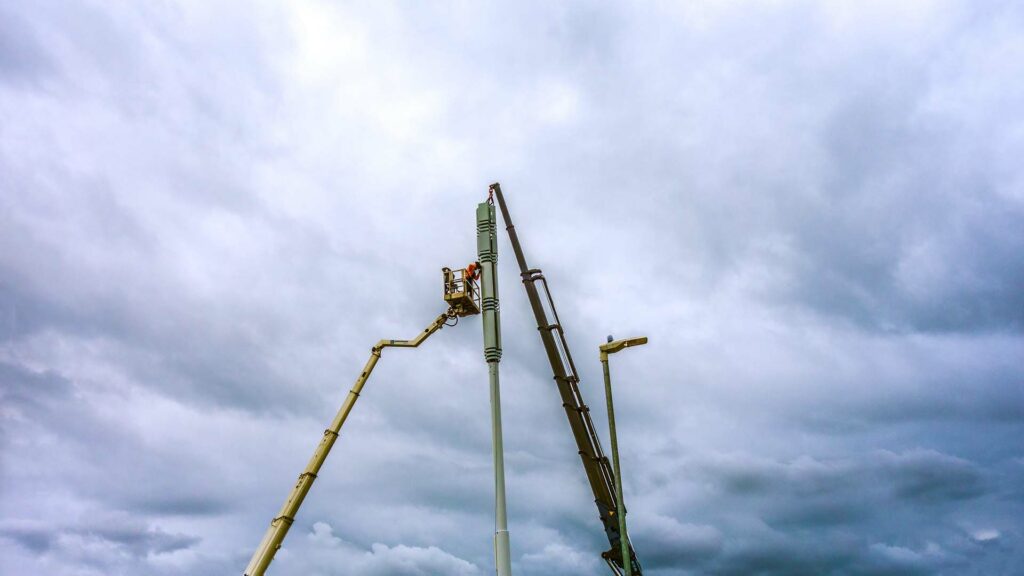
Very important commercial and industrial issues will arise with 6G, but also strategic considerations, exactly as with 5G, where the equipment supplied by the Chinese company Huawei is controversial. China, moreover, is engaged in this race. Faced with the Middle Empire, the United States also intend to mobilize, by associating with Japan.
The contours of 6G are still rather vague: laboratory tests have given a small overview of the very high speeds that it is possible to obtain with certain frequencies. This standard is presented as vastly superior to 5G, which is itself already described as revolutionary compared to 4G, whether in terms of speeds, latency, connectivity, energy saving, reliability or the density.
The uses on 6G remain to be invented, but we are talking, among other things, of highly faithful virtual replicas, increased mixed reality holograms (a technique that combines augmented reality and virtual reality), swarms of mobile robots and drones, with opportunities in the medical field, connected cities, autonomous transport and of course industry.
